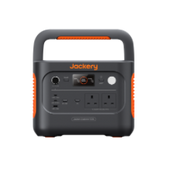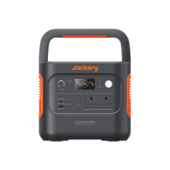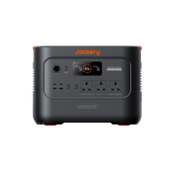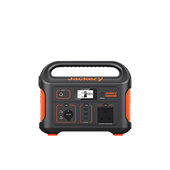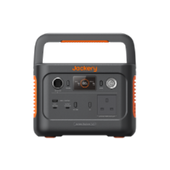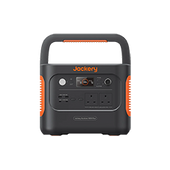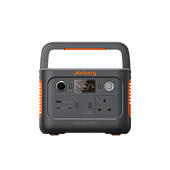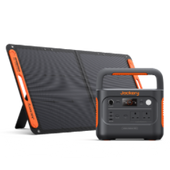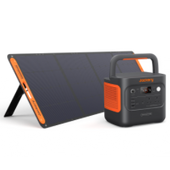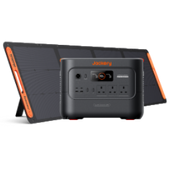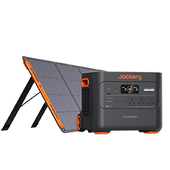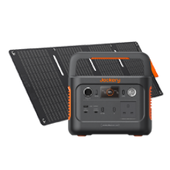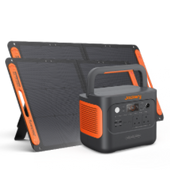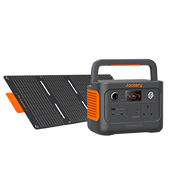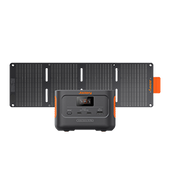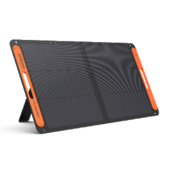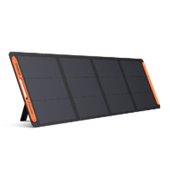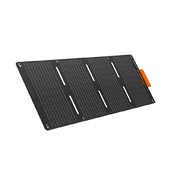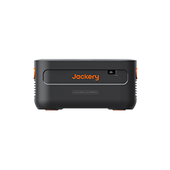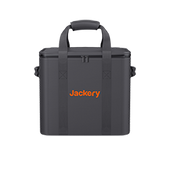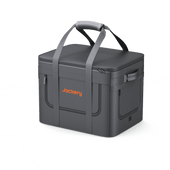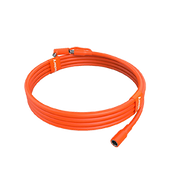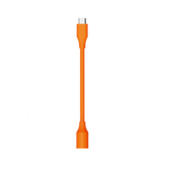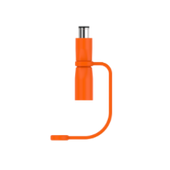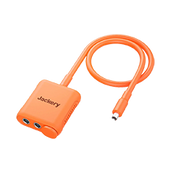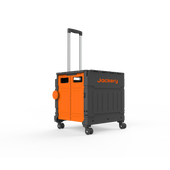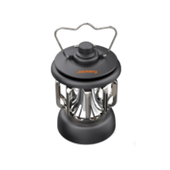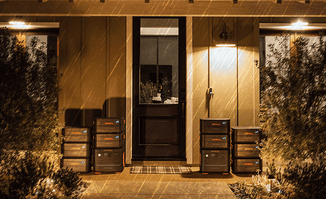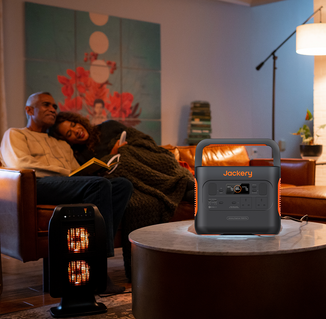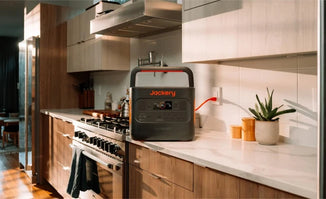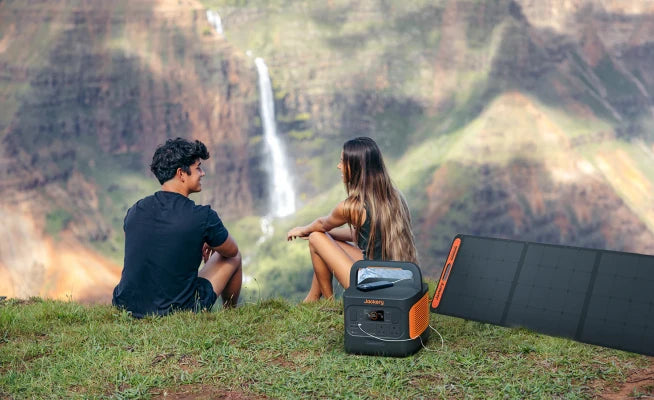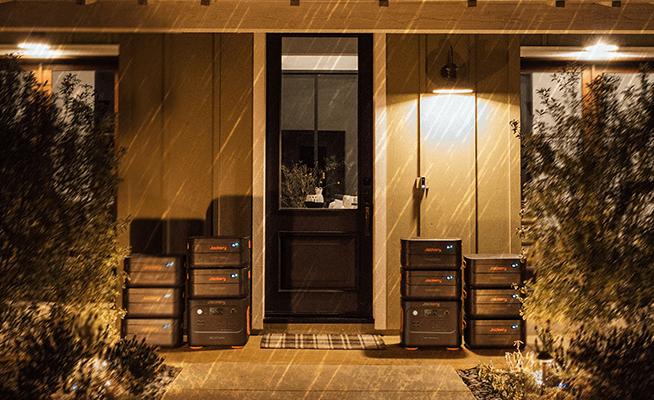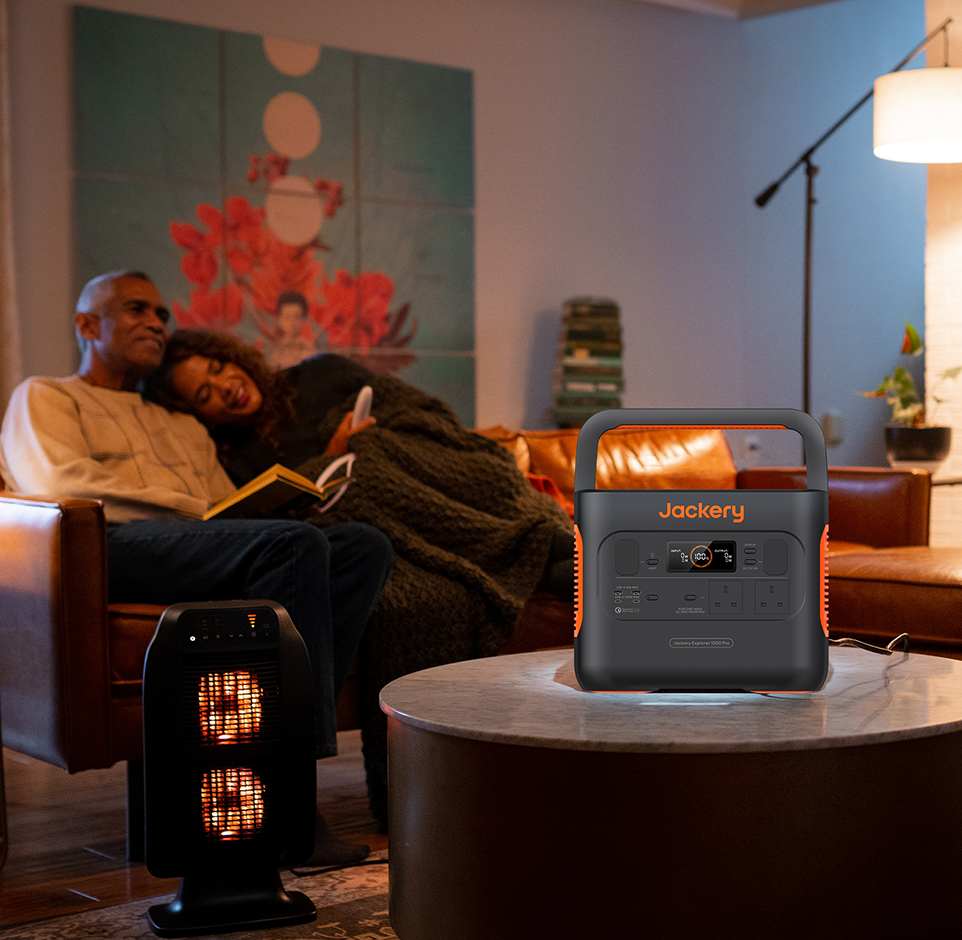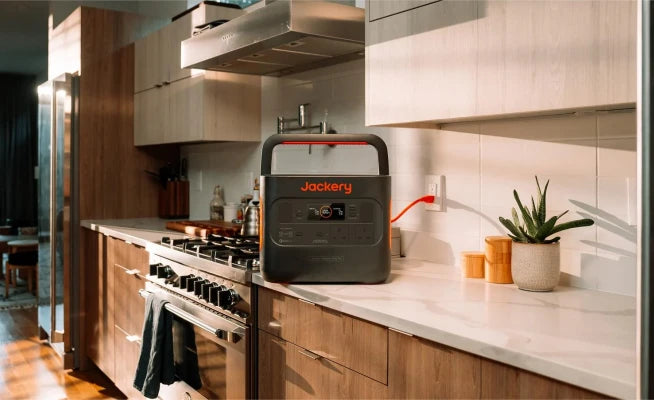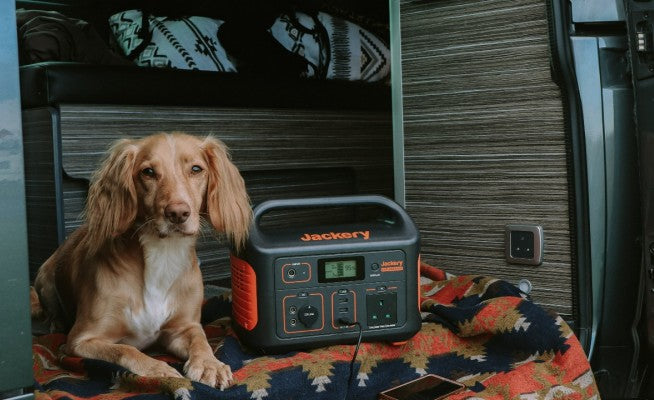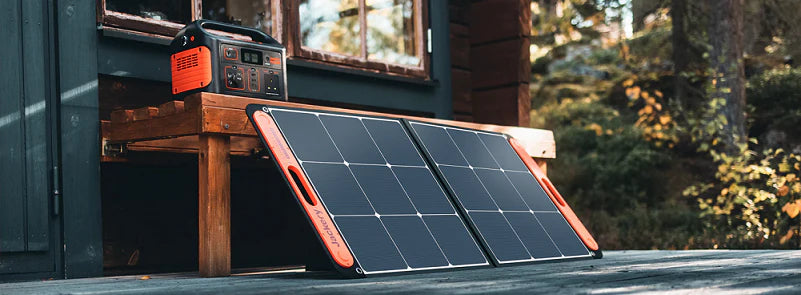As energy prices soar and climate concerns grow, more people in the UK are turning to renewable energy to power their lives. The Solar Power DIY has become a popular option among homeowners seeking to gain energy independence and contribute to a sustainable future—all from the comfort of your home. With a solar power station, you can take control, build your own system, and join the green energy movement.
Whether you plan to install a setup in your backyard or invest in a compact balcony system, this hands-on guide will be your first step towards energy independence in the UK. Let us help you find the best power station UK and transform abundant solar energy into major savings!
Understanding Solar Power Systems
To build a Solar Power DIY system, you need to thoroughly understand what a solar power system actually is. Let's take an overview of solar power systems, their components, and the benefits they can offer homeowners across the UK.
What is a Solar Power System?
A solar power system is a setup that captures sunlight and converts it into usable electricity. Being a renewable energy solution, it promotes sustainability, helps reduce reliance on fossil fuels and lowers carbon footprint.
Solar power systems are becoming increasingly popular due to their efficiency, cost savings, and environmental benefits, making them an ideal option for those interested in Solar Power DIY projects.
Main Components of a Solar Power System
Here are the main components of a solar power system:
§ Solar Panels: Solar panels are the heart of a solar power system, including solar power DIY units. They capture sunlight and convert it into direct current (DC) electricity. Depending on your energy needs and space, you can choose from various sizes and types of panels for your Solar Power DIY setup.
§ Inverters: Most household appliances use alternating current (AC), which is where inverters come in. Inverters play a crucial role in transforming the DC electricity generated by the panels into AC electricity. This makes the energy produced compatible with your household appliances.
§ Batteries (Optional): Batteries are storage units that allow homeowners to maximize their energy independence. They can store surplus electricity produced during the day for use at night or on cloudy days. Adding batteries to your Solar Power DIY system ensures you have a reliable energy backup.
§ Charge Controllers: These devices regulate the flow of electricity between the solar panels and the battery. They prevent overcharging or undercharging of the battery, ensuring the system operates efficiently and prolonging its lifespan.
Benefits of Installing a Solar Power System
Now it is time to understand why crafting a Solar Power DIY project or investing in a pre-designed system will benefit you in the long run.
§ Energy Independence: Installing a Solar Power DIY system empowers you to generate your own electricity and reduce your reliance on grid power, shielding you from rising energy costs.
§ Environmental Sustainability: Solar energy is a clean, renewable source that reduces greenhouse gas emissions and minimizes your environmental impact. By choosing solar, you contribute to a better, sustainable future.
§ Cost Savings: While there is an upfront cost to setting up a solar power system, it can lead to significant savings on your electricity bills over time. Additionally, excess energy can often be sold back to the grid in many countries, including the UK.
§ Customizable and Scalable: Solar power systems can be tailored to meet your specific needs. Whether you want a large backyard installation or a compact balcony setup, Solar Power DIY projects offer flexibility and scalability.
§ Low Maintenance: Solar power systems require minimal maintenance, with solar panels typically lasting 25-30 years. Regular cleaning and occasional checks of the system components further ensure smooth operation.
§ Increased Property Value: Homes with solar power systems are often more attractive to buyers, as they come with built-in energy saving and sustainability features.
How To DIY Your Own Solar Power System?
Building your own solar power system is an exciting way to embrace renewable energy. DIY solar kits installed with proper guidance will help you save money and enjoy your own energy solution. So, how to make solar panels work with the power station?
Our step-by-step guide will walk you through every aspect of DIY solar installation to ensure a smooth and efficient process.
Plan Your Energy Needs
Begin by assessing your household energy requirements. Determine your daily electricity consumption and identify which appliances you want to power using a solar system. This step is crucial to selecting the right DIY solar kits and ensuring your system can meet your needs.
Install Solar Panels
Select the location with maximum sunlight exposure, such as rooftops, open fields, or balconies. Mount the panels securely, and make sure to follow the instructions provided in your Solar Power DIY kit. Proper alignment and angling are essential for optimal energy production.
Wiring the System
Connect the solar panels to the inverter and battery system using appropriate wiring. This step requires attention to safety and technical accuracy because incorrect wiring can impact the performance of your Solar Power DIY setup. Many DIY solar installation guides include detailed wiring diagrams to help you with the process.
Test the System
After the wiring of your Solar Power DIY project is complete, test your system to ensure it is functioning correctly. Check the power output of the self install solar panels and verify that the inverter is converting electricity properly. Address any issues before fully relying on the system.
Maintain the System
It is best to perform regular maintenance to maintain the efficiency of your solar power system. Regularly clean the panels to remove dirt and debris, inspect the wiring for damage, and ensure all components are operating smoothly. Constant care will prolong the life of your solar power DIY system while also maximizing its benefits.

Legal and Safety Considerations for DIY Solar System
Building a solar power DIY system is a rewarding project, but it is important to address legal and safety considerations before getting started.
When installing a solar power system in the UK, you must adhere to specific regulations and guidelines:
Planning Permissions:
In most cases, you don't need planning permission to self-install solar panels on residential properties. However, exceptions apply for listed buildings, national parks, properties in conservation areas, or when installing a ground-mounted system. Always check with your local council for any specific requirements before proceeding.
Building Regulations Compliance:
All Solar Power DIY projects must comply with UK Building Regulations. This includes ensuring that the structure of your roof or mounting area can bear the weight of the panels. Electrical work must also adhere to Part P of the Building Regulations, confirming that all wires and connections are secured properly.
Grid Connection Approval:
If you intend to connect your DIY solar system to the National Grid, you must notify your Distribution Network Operator (DNO). For systems over 16A per phase (approximately 3.68 kW), pre-approval is required.
Feed-in Tariff or Smart Export Guarantee (SEG):
To benefit from transferring excess energy to the grid under the SEG, your system must be installed by an MCS (Microgeneration Certification Scheme) accredited professional. This may limit the scope of your Solar Power DIY kit for grid-connected systems.
Permitted System Sizes:
The UK government allows households to install systems up to a certain size without additional approvals. Typically, this is around 3.68 kW per phase of your property’s electricity supply. Exceeding this capacity may require additional permissions.
Insurance Considerations:
Inform your home insurance provider about the solar installation to ensure coverage for any damage or liability related to the system.
Safety Guidelines for DIY Solar Power Systems
Safety is paramount when working with electrical systems and solar panels. Follow these guidelines to minimize risks during your DIY solar installation:
Proper Grounding:
Grounding your DIY solar power system is essential to prevent electrical faults and ensure safety during operation. Make sure the metal frames of solar panels and other components are properly connected to avoid any mishaps.
Preventing Overloads:
Use appropriate fuses, breakers, and wiring to prevent circuit overloads, which can lead to electrical fires. Always follow the specifications provided in your DIY solar kits.
Disconnects and Isolation:
Install isolation switches for both the DC and AC sides of the system. It will allow you to safely disconnect the system during maintenance or emergencies.
Working at Heights:
If you plan to install solar panels on your roof without professional help, make sure to use safety harnesses and secure ladders. You must also avoid working in adverse weather conditions and always have a spotter on the ground.
Handling Heavy Equipment:
Solar panels and batteries can be heavy and difficult to handle, which is why you should have someone to help you with the work. An extra pair of hands will help you lift and position equipment without strain or injury.
Battery Storage Precautions:
If you have batteries in your system, ensure they are installed in a ventilated area away from flammable materials. Lithium-ion batteries, in particular, require careful handling to prevent thermal runaway.

Create Your Own Solar Power DIY with Jackery
Creating your own solar power system has never been easier, but it is now, thanks to Jackery's innovative solutions. With just a solar panel and a portable power station, you can set up a reliable solar generator that is perfect for outdoor adventures, emergencies, or off-grid living.
From offering a compact option like the Jackery Solar Generator 1000 Plus to designing a high-capacity solution like the Jackery Solar Generator 2000 Plus, Jackery has simplified the process of building a Solar Power DIY system.
Jackery Solar Generator 1000 Plus
The Jackery Solar Generator 1000 Plus is a great combination of power and portability. Equipped with a 1264Wh LiFePO4 battery and a 2000W pure sine wave inverter, it can power all essential devices without crashing. The capacity of this generator can be expanded to 5kWh by adding up to three additional battery packs, making it ideal for outdoor activities, emergencies and home use.
The Jackery Solar Generator 1000 Plus is designed with safety in mind. It features an upgraded BMS (Battery Management System) for reliable performance. It can be quickly charged in just 100 minutes via wall charging, in 2 hours using 4 SolarSaga 200W solar panels and even support car charging. Durable and efficient, the LFP battery offers 4000 charge cycles, ensuring dependable, long-lasting use for years to come.
Jackery Solar Generator 2000 Plus
For those needing higher power capacity, the Jackery Solar Generator 2000 Plus offers 2 kWh expandable to 12 kWh power. This makes it ideal for heavy-duty devices, extended road trips, and emergency backups. The solar generator delivers a 3000W output, can support demanding appliances, and features an advanced LiFePO4 battery, giving the system a 10-year lifespan.
Charging is remarkably fast and convenient—just 2 hours using 6SolarSaga 200W solar panels, 1.7 hours via wall charging, or 25 hours through car charging. With innovative IBC solar technology and resistance to high temperatures, the Jackery Solar Generator 2000 Plus ensures efficient operation even in tough conditions. Its ability to connect up to 5 add-on battery packs elevates off-grid living and emergency preparedness. The generator offers unparalleled flexibility and power independence, making it the best Solar Power DIY system for households in the UK.
Conclusion
Embracing Solar Power DIY is an empowering step toward energy independence and contributing to a greener future. By building your own solar system, you not only reduce reliance on traditional energy sources but also take your first step towards sustainability. Solar Power DIY systems bring a range of benefits, such as cost savings, customization, and long-term reliability.
However, since most household owners cannot handle complex solar systems, solutions like Jackery’s portable solar generators provide an excellent starting point. Models like the Jackery Solar Generator 1000 Plus and Jackery Solar Generator 2000 Plus combine ease of use, portability, and cutting-edge technology into one unit.
Start harnessing the abundance power of the sun today. With Jackery, you can enjoy clean, renewable energy for your home, off-grid trips, and emergency power outages.

